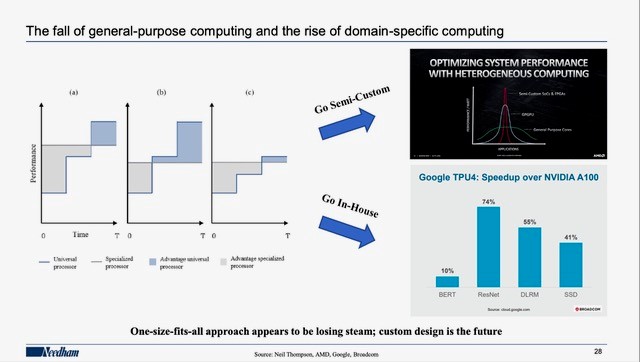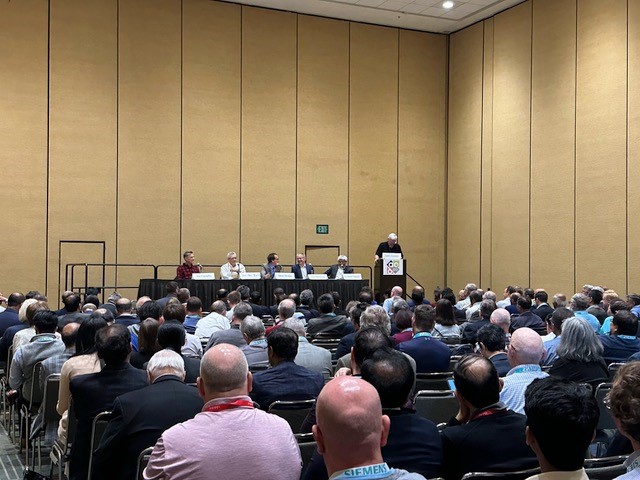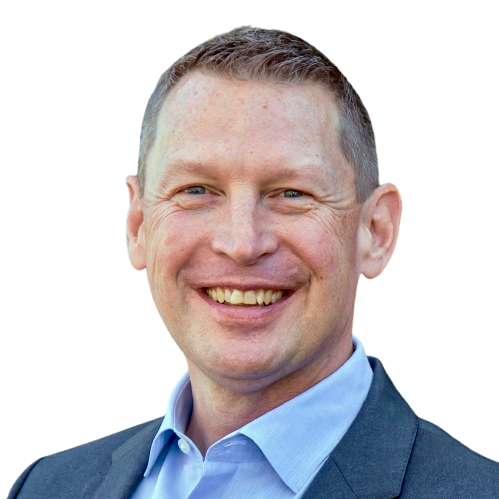I just returned from a week in San Francisco where I attended the 60th Design Automation Conference. It was a typical week at DAC — cold weather in July, catching up with long-time industry friends, and lack of sleep from long days. Maybe I’m just cynical from having been to DAC since 1995 — which is apparently not that long after talking to a few people this week — but I didn’t have really high expectations for the show this time around. Frankly though, I found the overall experience much better than expected.
Time for a refreshed event
Sure, it’s probably time for DAC to move out of Moscone. The exhibit portion isn’t as big as it used to be and doesn’t completely fill the hall. And, ok, San Francisco is different than it was 20 years ago. Ultimately a smaller venue in an easier to reach location might be better for everyone.
But, you know what? It was a good DAC this year. A lot of people came from around the world. There were exciting topics that have been around for a while but continue to show increasing momentum like AI and RISC-V. And, there were a lot of universities represented bringing much-needed fresh thinking and energy to the industry.
First stop: the Needham briefing
For the third time in a row I’ve started my night off with the Needham briefing from Charles Shi. Charles is an industry veteran turned analyst that details his work through data and logic… I love it!
While Charles derived from the data that EDA’s double-digit growth would likely continue he also showed some interesting reasons for why. There were two topics that caught my attention. First was that domain-specific computing would take over from general purpose computing.
One way to beat “technical Moore’s Law” is to find ways to improve overall design results by designing the hardware and the software together using domain specific computing. Or, as we call it at Codasip, Custom Compute. I talked about this in my keynote at Embedded World 2023 and again at the RISC-V Summit in Barcelona.

The other topic was “The (re-)emergence of vertical integration” where systems companies take on far more of the design process. Companies like IBM and Motorola were doing just that way back in the 1980s. Our CEO, Ron Black, noted that in the keynote that he did at the 2023 User 2User Siemens EDA conference in Munich.
It’s clear that the technical laws are slowing and that the industry must continue to develop new ways to drive innovation forward. At Codasip we think Custom Compute is one of those ways. And DAC attendees agreed with us!
Making Custom Compute accessible to everyone through automation
The Codasip booth was upstairs in the RISC-V zone by the DAC pavilion. The team and I met companies from around the world and we discussed ways to differentiate their products and tackle the next generation of design challenges.

To meet the demand for greater computational performance while semiconductor scaling and general-purpose processors are showing their limits, you must innovate architecturally and create specialized processing units. In other words, you must customize your compute. And to streamline the design process, improve efficiency, and reduce time to market, you need automation. That’s what we presented and demonstrated this week with our Codasip Studio processor automation product.
I also attended different panels and talks during the week including “The AI Hardware Show” co-hosted by Sally Ward-Foxton, Senior Reporter at EETimes. Sally later came by for a chat and we talked about the values of Custom Compute for both general applications and AI. This was our first time meeting with Sally and she got it right away and even talked about Codasip in the day 3 DAC wrap-up with Nitin Dahad who also stopped by. You can see this at ~1m40s into the video.
DAC would not be DAC without the troublemakers
During the “Troublemakers Panel” hosted by John Cooley several well-known industry leaders talked about various issues. Cooley is always trying to stir things up just as he has for a couple of decades now. There wasn’t a lot of ’trouble’ on this panel though I was happy to see Joe Costello call-out the industry, especially the big companies, for trying to stifle innovation. Joe, now representing smaller companies, basically said that the big 3 (which he called “the big 2.75” on a later panel) need to do better to help the industry group. This means not giving away or bundling tools for free and trying to drive prices to zero to slow down competition.

DAC is always about friendship and collaboration
I caught up with smaller companies and startups including:
- The LubisEDA team that provides formal verification services and unique technologies in formal verification.
- Lukas Jünger, the CEO of MachineWare, has some new technology in the virtual prototyping area which is very promising.
- The team at Signature IP which has some interesting NoC and interconnect technology.

Finally, we spent some time with our friends over at the SmartDV Technologies booth. We recently announced a partnership with SmartDV to sell their peripheral IP alongside our customizable RISC-V cores. SmartDV had a life-sized version of this really cool game called Katamino in their booth — a block puzzle with hundreds of ways to solve it and a limited number of pieces. A clever way to show that one-size does not fit all! Our partnership with SmartDV allows customers a “one-stop-shop” for processors, peripherals, and other IP that we have including security IP.

A successful 60th DAC
Ultimately it was a successful 60th DAC. I’m happy to have been able to catch up with old colleagues and good friends while meeting a host of new industry people and seeing some cool startups along the way. DAC does need a bit of reinvention in my opinion but it has always been the place for the EDA industry to get together, discuss challenges, and present solutions. I’m hopeful that we’ll see more of that in the future.
That’s all for now. See you next at the RISC-V Summit in Santa Clara.
